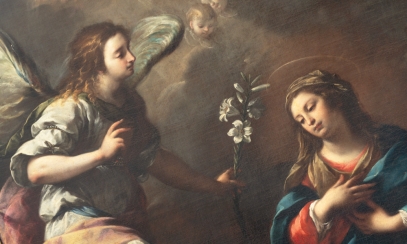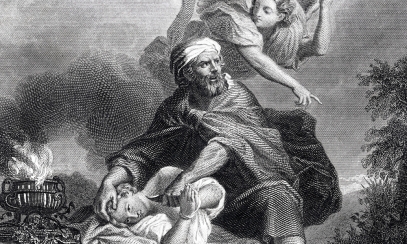The little-known Vatican II document on communication
Fifty years ago, this fall, the Second Vatican Council fathers, together with Pope Paul VI, approved the first two documents of the Council. You have heard and will hear a lot about the Constitution on the Sacred Liturgy (Sacrosanctum Concilium) and we are certainly affected by the many changes in the Mass over these many years.
I wish to write briefly about the other, much shorter, document approved on Dec. 4, 1963, the Decree on the Media of Social Communication (Inter Mirifica). We don’t hear a lot about this one because it was not very helpful and did not get a lot of attention from the council fathers or from the public. In fact, it came up early in the council because the fathers wanted an easy text after dealing at length with some difficult ones. Nonetheless, it is good for us to reflect on this since, in fact, we are using a communications medium right now, reading this issue of FAITH Magazine. And with the pope having a Twitter following of more than 6 million people, we Catholics are into the use of various media big time. The Gospel must be proclaimed through all the methods at our disposal.
The council fathers’ discussions in 1962 focused on a greater description of the role of the laity in the media and more discussion of the right, not of the Church in the media, but of humanity and of culture in general. The Fathers also asked that the document be shortened (from its 114 paragraphs to its final 24) and that mention be made of some of the dangers media can pose for youth.
The revised text was presented to the fathers in late 1963. After two years, only one other text was ready – the one on Liturgy – and many felt it gave a bad impression that two years’ work had led to a single document, so the communications text was published. However, there were enough objections to its rather stilted character that passing it left a poor taste in many mouths.
This council text tried to accomplish two major goals: to provide some moral guidance on how media should be used and to promote the use of the media for the advancement of the Gospel.
The final text recognizes that media contribute to our “entertainment and instruction as well as to the spread and support of the Kingdom of God” but also can be used “contrary to the plan of the Creator” and thus to our own loss. (#2) Thus “the laity especially must strive to instill a human and Christian spirit into these media, so that they may fully measure up to the great expectations of mankind and to God’s design.” (#3)
In our day of unfettered news, it is interesting to read that the information “that is communicated should always be true and complete, within the bounds of justice and charity.” (#5) We, as users of media, also have a responsibility to “fully favor those presentations that are outstanding for their moral goodness, their knowledge and their artistic or technical merit” and “to avoid those that may be a cause or occasion of spiritual harm to themselves, or that can lead others into danger through base example.” (#9) And all, especially the young, should learn moderation and self-control. (#10)
The rest of the text addressed the Church’s use of media to spread the Gospel. It encouraged all in the Church to further this activity, especially by fostering good art and entertainment and programming, always however seeking high standards of excellence. (#14)
The council did not envision the incredibly positive role that that laity would play in the Catholic press and radio and television and film and digital media and in the many other avenues for promoting the Gospel. We have indeed been blessed by those whose creativity and energy and financial support have been devoted to these arenas as we let the world know Jesus Christ and the love God has for us.
Bishop Earl Boyea is the fifth bishop of the Catholic Diocese of Lansing.



